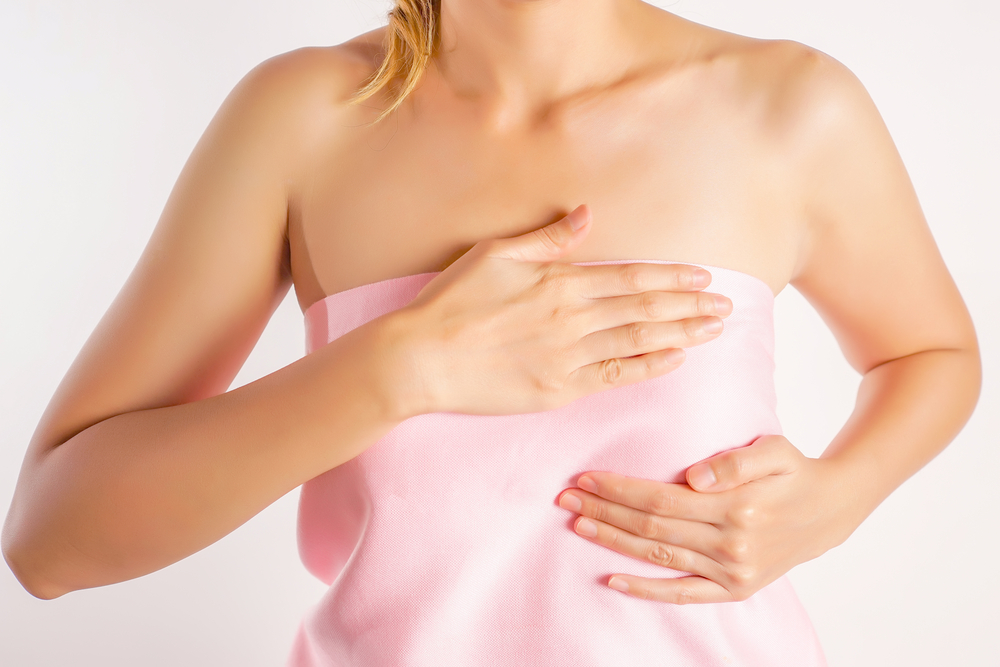
Breast Health & Checkups
No matter what age you are, it is essential that you know your breasts well. Knowing what your healthy breasts normally feel like will help you to recognize when they feel different and something has changed.
Just as you pay close attention to your skin and notice when you get new moles, it is equally if not more important to recognize new changes in your breasts. Although some research says that self-checks are not the most reliable method of detecting cancer, the better you know your breasts and any changes in them, the better.
What is normal, and what isn’t?
It is normal to have one breast smaller than the other, or to have hair around your nipples, or to experience extra sensitivity or tenderness around your breast during your period.
Warning signs to be aware of include:
- A firm lump that you’ve never felt before
- Blood or other fluids (besides milk) leaking from your nipples
- Swelling around your collarbone, breast or armpit
- Dry, red, cracked, or thickened skin around your nipple
- Itching or warmth in and around your breast area
Even if you experience changes that aren’t listed above, it is advisable to discuss these changes with your doctor to ensure that you are looking after yourself and your breast health.
How to do a breast self-check
- Begin by facing a mirror with your shoulders straight and your arms by your side. You should start by checking that your breasts and nipples are their usual size, shape and color. Also, notice any changes like dimpling, redness, swelling, or nipple changes, and check for fluids leaking from nipples.
- Next, raise your arms and look for the same changes.
- Examine your breasts while lying down, using your right hand to feel your left breast and vice versa. Hold your hand in a flat position, using a firm and smooth touch. Cover your entire breast from the collarbone all the way to the abdomen, and also check from under your armpit to the center of your chest. Tip: follow a zigzag pattern to ensure you are covering the whole area.
- Finally, feel your breasts using the same pattern as above whilst standing or sitting to feel if there are any changes.
You may notice some lumps and changes, but don’t panic - there are a number of reasons for non-cancerous breast lumps. However, it is important to still have any lumps or changes checked out with your doctor for peace of mind.
How often and what do I need to check?
In your 20’s, it is recommended that women get a clinical breast examination every 3 years during their annual OBGYN visit, according to the American Cancer Society (ACS).
In your 30’s, continue to do clinical breast exams every 3 years. However, if you have a family history of breast cancer in a close relative like your mom or sibling, then you should talk to your doctor about starting to get more frequent mammograms.
In your 40’s, clinical breast exams should be conducted every year to check for early signs of breast cancer; these are from the guidelines of the ACS.
From your 50’s and up, it is advised by the ACS to continue with both a clinical breast exam and a mammogram yearly for the rest of your life.
Look after your breasts
Ensure that you are seeing your doctor annually for your health checks and get to know your breasts at different times of the month so that you can detect any unusual changes early.




